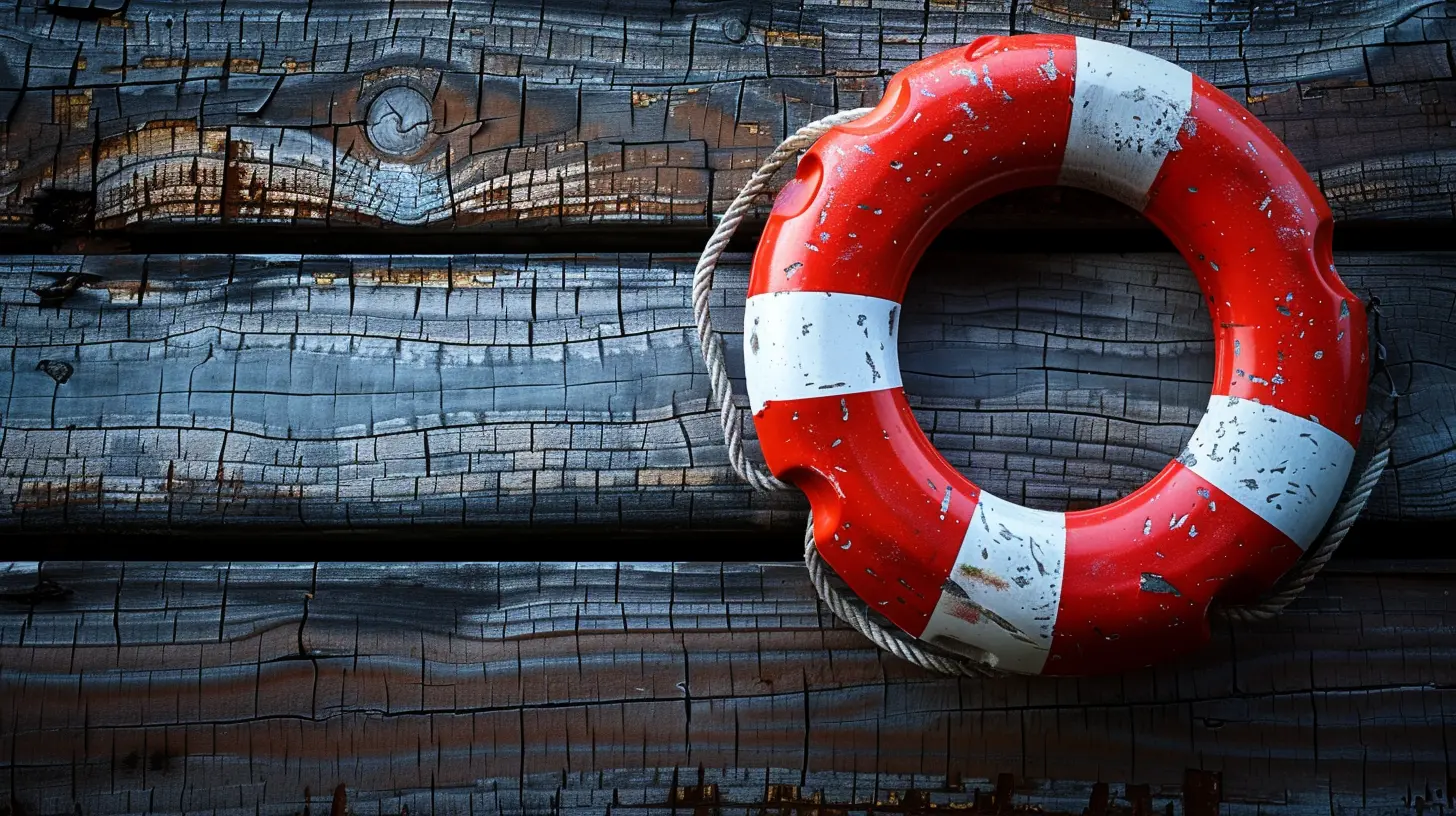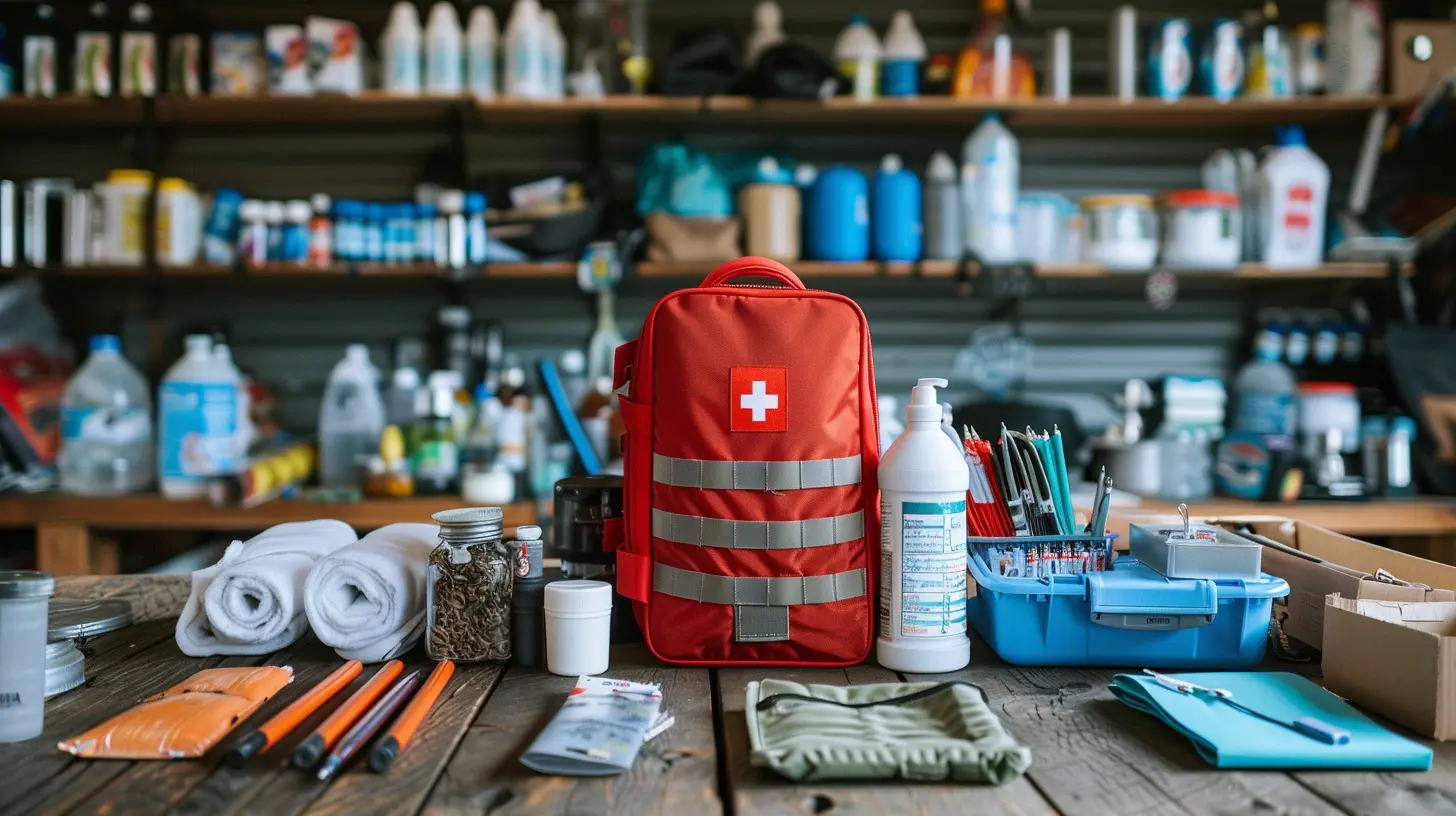How to Rebuild Your Emergency Fund After a Major Expense
24 July 2025
Let’s face it—we all hit financial bumps in the road. Maybe your car broke down out of the blue, your pet needed an emergency vet visit, or even worse, you had a medical expense you didn’t see coming. Whatever the case, your once healthy emergency fund took a serious hit, and now you’re left wondering: “How do I rebuild it?”
Don’t worry, you’re not alone.
Rebuilding your emergency fund after a major expense might feel overwhelming, but it’s absolutely doable. In fact, with a little strategy and some disciplined habits, you can refill that safety net and even make it stronger than before. So, let’s dive into how you can get that financial cushion back in tip-top shape.
What Is an Emergency Fund (And Why You Need One)
Before we talk about rebuilding it, let’s quickly revisit what an emergency fund actually is.An emergency fund is your personal financial buffer. It’s there to cover unexpected expenses like:
- Medical emergencies
- Major car or home repairs
- Sudden loss of income
- Urgent travel needs
Think of it like a parachute—when life throws you off course, it softens the landing. Without one, you could end up relying on high-interest credit cards or loans just to stay afloat.
Financial experts often recommend having enough to cover 3 to 6 months' worth of living expenses. Sounds like a lot, right? It is! But don't let the number scare you—we're going to break it down into manageable steps.
Step 1: Assess the Damage
First things first—how much did the major expense set you back?Pull up your emergency fund account, a pen, and a notepad (or just your notes app) and take a hard look at the numbers.
Let’s say you had $8,000 saved, and that unexpected dental surgery took out $5,000. That’s a big dent, but guess what? You still have $3,000 left, and that’s a win already.
Ask yourself:
- What’s the current balance?
- How much do you want in your emergency fund ideally?
- How quickly do you want to rebuild it?
Knowing exactly where you stand helps you create a realistic game plan.
Step 2: Adjust Your Savings Goal
You’ve been hit once—so now’s the time to adjust for future punches.Maybe your original goal of $10,000 didn’t seem urgent before. But now? You’ve seen firsthand how fast $5,000 can disappear. Maybe bumping that goal to $12,000 or more isn’t such a bad idea.
Use this experience as fuel. Your new savings target should reflect your current lifestyle, expenses, and a cushion for surprise blowups.
Here’s how to calculate a new goal:
1. Tally up your monthly essential expenses (rent, utilities, food, insurance, transportation).
2. Multiply that by 3 to 6 months.
3. Add a little extra for inflation or unexpected life changes.
Boom: there’s your new emergency savings goal.
Step 3: Trim the Fat in Your Budget
Okay, time to make room in your budget to refill that fund. Think of this step like going on a financial diet—but don’t worry—it’s not forever.Start by tracking your spending for a month. Seriously, every dollar. You’ll likely find some eye-openers.
Let’s be real: Do you really need five streaming services? How often are you using that pricey gym membership? Could you cook at home a few more nights a week?
Cutting back just $100–$200 a month can make a huge difference over time. Redirect those funds straight into your emergency savings. It’s like giving your future self a high five.
Quick Wins to Cut Back:
- Cancel unused subscriptions- Lower your phone bill or switch to a cheaper plan
- Meal prep to cut food costs
- Limit online shopping splurges
- Sell items you no longer use
Small sacrifices now = big peace of mind later.
Step 4: Set Up a Dedicated Emergency Fund Account
Here’s a pro tip: Keep your emergency fund separate from your regular checking or savings.Why? Because out of sight, out of mind works wonders when it comes to saving.
Set up a high-yield savings account or even a money market account. These accounts offer better interest rates, so your money earns while it sits. Plus, they’re not as easily accessible as your checking account, so you’ll think twice before dipping in for non-emergencies.
Make it a rule: Emergency fund = Only for real emergencies. That spontaneous weekend getaway does not count (sorry!).
Step 5: Automate Your Savings
Let’s say you’re budgeting to put $200 a month back into your emergency fund. Awesome—now automate it.Set up a recurring transfer from your paycheck or main account into your emergency fund. It’s one less thing to think about, and it helps keep your savings on track.
It’s kind of like brushing your teeth. Do it consistently, and you get results. Automating savings makes it effortless, and you’ll be amazed at how quickly it adds up.
Even if you can only spare $25 a week, that’s $100 a month—$1,200 a year. Baby steps have massive value.
Step 6: Boost Your Income (Even Just a Little)
Sometimes, cutting back isn’t enough. So let’s talk about boosting your income.No, you don’t have to get a second job (unless you want to). There are simpler ways to earn extra cash without overhauling your life:
- Freelance or offer a side hustle (writing, tutoring, digital services)
- Sell stuff on eBay, Facebook Marketplace, or Poshmark
- Participate in paid surveys or gig apps
- Drive for Uber or deliver with DoorDash
This extra money should go straight into your emergency fund—don’t even blink. Treat it like it never existed for spending.
Remember, this phase isn’t permanent. It’s just long enough to get your cushion back.
Step 7: Reevaluate Your Insurance Coverage
This one’s big, and most people overlook it.If you found yourself relying heavily on your emergency fund after a medical expense, car repair, or home damage—ask yourself: “Could my insurance have covered more?”
Sometimes, the reason our emergency funds take a hit is that we’re underinsured. That means it might be time to review your:
- Health insurance deductibles
- Auto coverage
- Homeowners or renters insurance
- Life insurance (if applicable)
Spending a little more monthly on better coverage could save you thousands in the event of an emergency.
Step 8: Celebrate Milestones
Hey, don’t just save in silence. Celebrate the wins!Did you save your first $500 back? High five. You’re halfway to your goal? Treat yourself (within reason).
Tracking progress and celebrating milestones keeps you motivated. You’re not just building savings—you’re building habits. And those habits will protect you for life.
Step 9: Stay Ready So You Don’t Have to Get Ready (Again)
Once your emergency fund is rebuilt, keep going. Don’t let the urgency fade.Life has a way of throwing curveballs when we least expect them. So, stay ready. Continue those habits you’ve developed:
- Regularly review your budget
- Keep automating contributions
- Update your savings goal yearly
- Evaluate your expenses often
Treat your emergency fund like a financial gym. Flex it, feed it, keep it strong.
And remember: You accomplished this once—you can do it again if needed. That’s financial resilience, and it’s one of the best investments you’ll ever make.
Final Thoughts: Your Emergency Fund Comeback Story
Rebuilding your emergency fund after a major expense isn’t just about the dollars—it’s about the discipline. You’ve already taken hits, but you’re rising stronger and smarter.Each dollar you put back into that fund is a tiny act of self-care and future-proofing. You’re saying, “I got this,” and there’s power in that.
So don’t wait for the “perfect time” to start. Start today—start small—but start. You’ve got this.
all images in this post were generated using AI tools
Category:
Emergency FundAuthor:

Audrey Bellamy
Discussion
rate this article
1 comments
Bethany McGeehan
Rebuilding your emergency fund can feel daunting, but remember, every small step counts. Be kind to yourself during this process, and prioritize gradual savings. Your efforts will create a safety net for future peace of mind.
August 14, 2025 at 4:47 AM

Audrey Bellamy
Thank you for your encouraging words! Every small step truly makes a difference in rebuilding an emergency fund. Your support means a lot!


